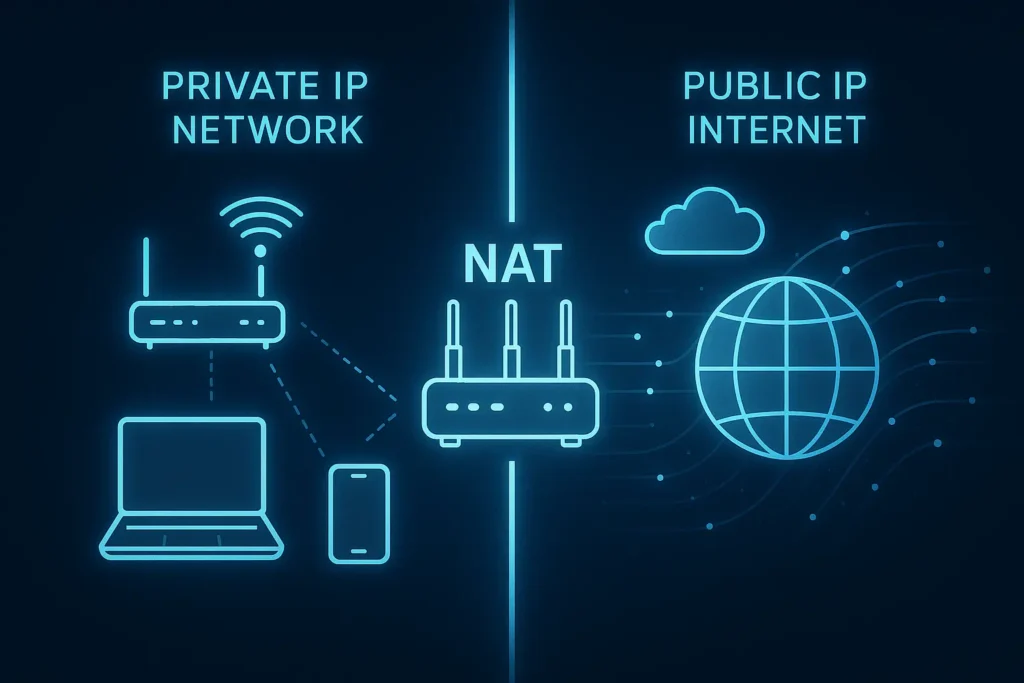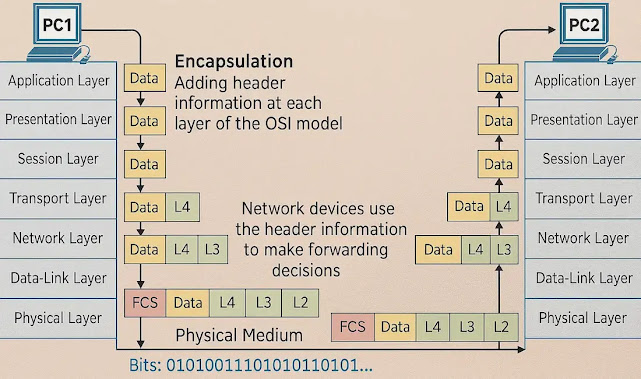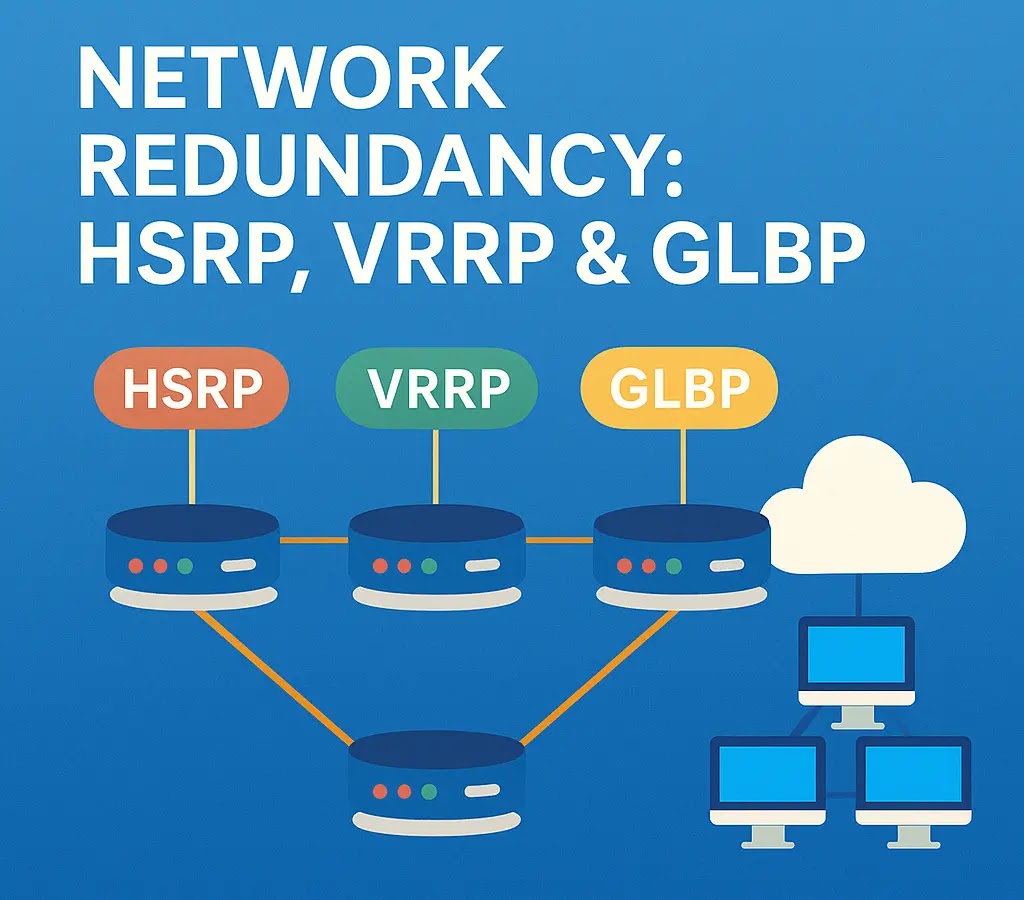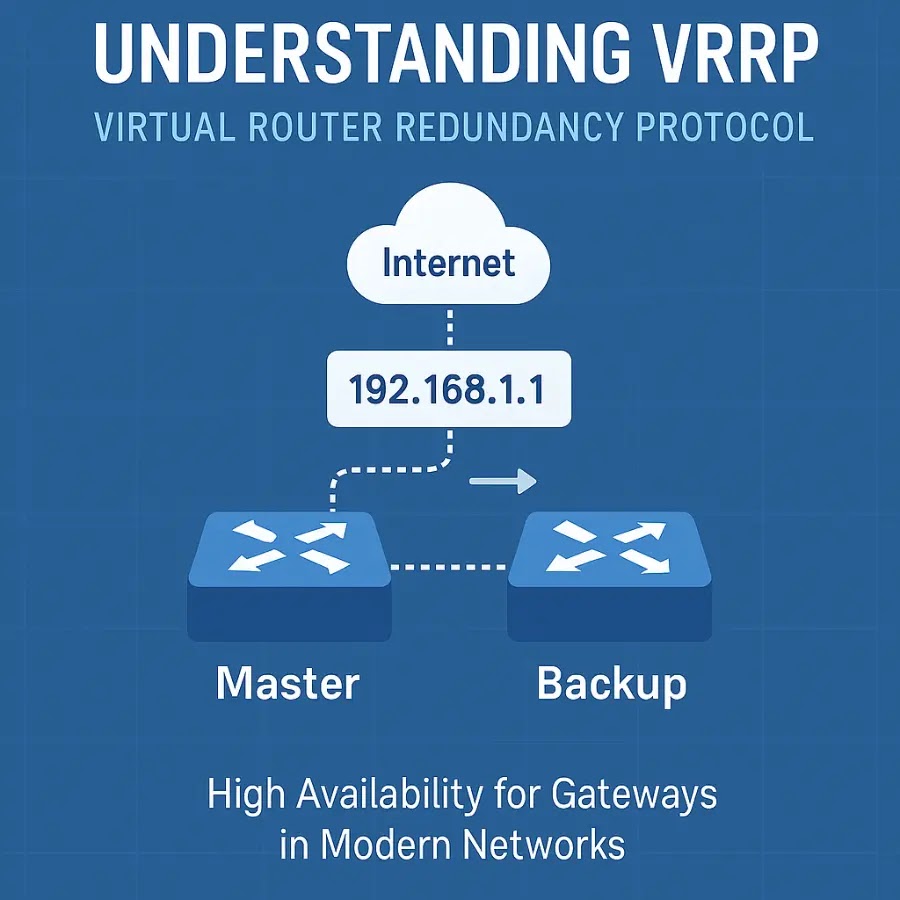Understanding the difference between private and public IP addresses is one of the most important steps in learning how networks work. These two types of addresses, combined with Network Address Translation (NAT), form the foundation of internet connectivity and security.
Think of IP addressing as the postal system of the internet. Just like your home needs a street address so mail can reach you, every device in a network needs an IP address to send and receive information correctly.

What is an IP Address?
An Internet Protocol (IP) address is a unique identifier assigned to every device on a network that communicates using IP. It ensures that data packets reach the correct destination across different networks.
An IPv4 address looks like this: 192.168.1.1, four sets of numbers separated by dots, with each number ranging between 0 and 255. Every IP address is divided into two parts:
- Network portion – identifies the network.
- Host portion – identifies the specific device (host) within that network.
Routers use this structure to forward data efficiently.
Analogy: Imagine sending a letter. The network portion is like the city name, while the host portion is the street and house number.
Public IP Addresses
A public IP address is a globally unique identifier that allows your device to communicate across the internet. These addresses are assigned and managed by the Internet Assigned Numbers Authority (IANA) and distributed to ISPs and organizations by Regional Internet Registries (RIRs).
Whenever you open a website, your device uses its public IP to communicate with the server hosting that site.
Public IP Address Ranges
All IPv4 addresses (0.0.0.0 – 255.255.255.255) are public, except for ranges reserved for private use (RFC 1918) and special functions such as 127.0.0.1 (loopback).
For example, an address like 203.0.113.5 is a public IP.
Private IP Addresses
Private IP addresses are reserved for internal communication within homes, offices, and enterprise networks. These addresses are not directly routable on the internet, meaning thousands of networks can reuse the same private IPs without conflict.
For example, most home routers use 192.168.1.1 internally — and this works universally because the address never leaves the local network.
Private IP Address Ranges (RFC 1918)
- Class A: 10.0.0.0 – 10.255.255.255 (/8)
- Class B: 172.16.0.0 – 172.31.255.255 (/12)
- Class C: 192.168.0.0 – 192.168.255.255 (/16)

Advantages and Disadvantages
Advantages of Public IP Addresses
Public IPs provide global accessibility, meaning any service hosted on them can be reached from anywhere. Devices can communicate directly without translation, which is essential for running services like websites, mail servers, and game servers.
Disadvantages of Public IP Addresses
Because they are exposed directly to the internet, public IPs face higher security risks and require strict firewall policies. They also come at a cost, since ISPs charge for them, and managing them requires additional overhead.
Advantages of Private IP Addresses
Private IPs improve security through isolation, as devices are not directly exposed online. They are free of cost, easy to implement, and allow flexibility in internal network design. Most importantly, they help conserve public IP space.
Disadvantages of Private IP Addresses
Private IPs cannot directly access the internet and must use NAT. Services hosted on them are not reachable externally unless configured with port forwarding or VPNs. Site-to-site communication also becomes more complex, often requiring tunneling solutions.
Public vs Private IP: Key Differences
| Aspect | Public IP Address | Private IP Address |
|---|---|---|
| Scope | Global, internet-wide accessibility | Local network only |
| Assignment | Given by ISP or RIR | Assigned by router or network admin |
| Cost | Paid, subscription-based | Free of cost |
| Security | Higher risk, directly exposed | More secure by isolation |
| Traceability | Globally traceable | Traceable only within the local network |
| Internet Access | Direct connectivity | Requires NAT for internet access |
| Address Ranges | All except reserved ranges | 10.0.0.0/8, 172.16.0.0/12, 192.168.0.0/16 |
| Reusability | Must be unique | Can be reused across networks |
| Management | Needs strong firewall/security policies | Easier to manage internally |
| Examples | 8.8.8.8, 203.0.113.5 | 192.168.1.10, 10.0.0.5 |
NAT (Network Address Translation)
Since private IPs cannot directly connect to the internet, NAT was introduced as a bridge. A NAT-enabled device (such as a router or firewall) translates private IPs into a public IP for outbound communication and performs the reverse translation for inbound traffic.
Why Do We Need NAT?
The primary reason is IPv4 exhaustion, with only 4.3 billion IPv4 addresses; it’s impossible to assign each device a unique public IP. NAT allows thousands of private devices to share a single public IP.
It also adds a security layer, hiding internal devices, and enables cost savings, since organizations don’t need to purchase large pools of public addresses.
Types of NAT
Static NAT
Maps one private IP to one public IP.
Used when a server (like a web server) must always be reachable.
Example: 192.168.1.100 → 203.0.113.10
Dynamic NAT
Uses a pool of public IPs. When an internal device initiates a connection, it is assigned a temporary public IP from the pool. Once the session ends, the IP returns to the pool.
PAT (Port Address Translation) / NAT Overload
The most common NAT type in homes and businesses. Multiple devices share a single public IP, and unique port numbers differentiate each session.
Example: In a home Wi-Fi network, all devices may appear online as one public IP.
Limitations of NAT
While NAT solves major problems, it is not perfect. It breaks end-to-end connectivity, which can cause issues for peer-to-peer applications like VoIP and gaming. Some protocols such as FTP and SIP require additional configuration to work properly.
NAT devices must also maintain translation tables, which introduces processing overhead and latency. For administrators, troubleshooting behind NAT can be more challenging.
We’ve kept this as a basic introduction to NAT here, but don’t worry — we’ll be covering NAT in much more detail in a dedicated article soon.
Checking Your Public and Private IP
- Private IP (local network):
- On Windows: run
ipconfig - On Linux/Mac: run
ifconfigorip addr
- On Windows: run
- Public IP (internet):
- Search “What is my IP” on Google
- Or use our Public IP checker tool, What is my public IP
Static vs Dynamic IP Assignment
IP addresses can be assigned in two ways:
- Static IP – Manually configured and never changes. Often used for servers or devices that must always be reachable.
- Dynamic IP – Automatically assigned by DHCP (Dynamic Host Configuration Protocol) whenever a device connects. This is common in home networks, where the router provides IPs on demand.
Conclusion
Private and public IP addresses form the backbone of modern networking. Public IPs enable global communication, while private IPs keep internal networks secure and cost-effective. NAT bridges the two worlds, allowing billions of devices to connect online despite IPv4 limitations.
For network administrators and security engineers, understanding these concepts is critical for designing scalable, secure, and reliable networks. Even as IPv6 adoption increases, IPv4, NAT, and address management remain essential skills for IT professionals today.
🔗 Related Articles You May Find Helpful
A beginner-friendly guide to understand IPv4 addressing with real-world examples.
Learn the fundamentals of subnetting and how CIDR & VLSM make networks efficient.
Dive into the different classes of IPv4 addresses and their real-world usage.
Cybersecurity blogger with a focus on firewalls, network security, and tech trends making security simple for everyone, from IT pros to curious minds.


